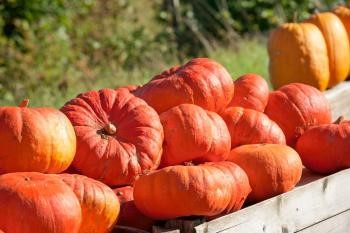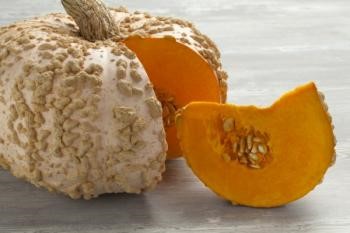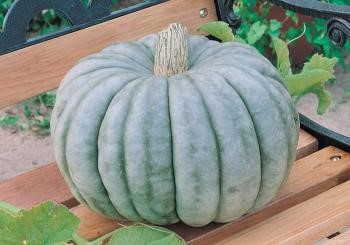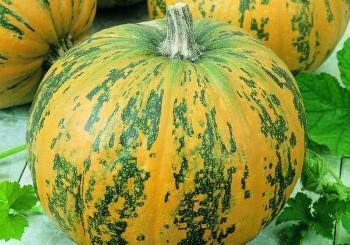Why do we have Pumpkins in the Fall?
(from https://www.almanac.com/plant/pumpkins)
Pumpkins have been grown in North America for almost 5,000 years! While we enjoy Pumpkin Spiced Lattes and bread and pie in October and November, the growing of Pumpkins actually starts in May because they require a LONG time growing with NO frost (generally 75-100 days of no frost nights).
“Of autumn’s wine, now drink your fill; The frost’s on the pumpkin, and snow’s on the hill.”
–The Old Farmer’s Almanac, 1993
Wit & Wisdom
Pumpkin Trivia
- Pumpkins were once thought to cure snakebites.
- A slice of pumpkin pie before bedtime may help you to sleep.
- Pumpkins have been grown in North America for almost 5,000 years.
- Pumpkins are a nutritional powerhouse!
- Cucubits, such as pumpkins, are subject to an ongoing myth—that planting different family members or varieties will result in strange fruit. Actually, it is the seeds resulting from cross-pollination that are corrupted, so this is a factor only if you are planning to save seeds for next year’s planting.
Recommended Varieties
- Miniature pumpkins: ‘Jack Be Little’ miniature pumpkin variety, perfect for a holiday table. Vine variety. Days to maturity: 90 to 100 days. ‘We-B-Little’ is an All-America Selection winner, and ‘Munchkin’ is another great miniature pumpkin. Miniature pumpkins are very productive and easy to grow, sometimes producing up to a dozen fruits per plant.
- Pumpkins for carving: ‘Autumn Gold’ great for carving, decorating. All-America Selection winner. Vine variety. Excellent for Jack-o-Lanterns. Days to maturity are generally 100 to 120 days.
- Giant pumpkins: ‘Dill’s Atlantic Giant’ jumbo variety can grow to 200 pounds. Great for those who want to grow a giant pumpkin. Vine will spread to 25 feet, so space is a must. Days to maturity are 130 to 160 days, so plant early! Thin to the best one or two plants. Feed heavily but keep cultivation shallow. Remove first 2 or 3 female flowers after the plants start to bloom so that the plants grow larger with more leaf surface before setting fruit. Allow a single fruit to develop and pick off all female flowers that develop after this fruit has set on the plant. Take care that the vine doesn’t root down near the joints to avoid breakage.
- Perfect pumpkins for pies: ‘Sugar Treat’ semi-bush hybrid. Ideal for cooking and baking. Days to maturity are generally 100 to 120 days. ‘Hijinks’ and ‘Baby Bear’ are both All-America Selection winners and have sweet flesh for pumpkin pie. ‘Cinderella’s Carriage’ is also perfect for pies or soups. ‘Peanut Pumpkin’ also produces very sweet flesh and can be great in pumpkin pie or pumpkin puree.
- Colorful pumpkins: ‘Jarrahdale’ has blue-green skin and makes for great decorations. ‘Pepitas Pumpkin’ is orange and green, and ‘Super Moon’ is a large white pumpkin.
Photo Credits: National Garden Bureau. On the left, ‘Munchkin’ miniature pumpkins. On the right, ‘Wee-B-Little’ miniature pumpkins.
Photo Credits: National Garden Bureau. On the left, ‘Cinderella’s Carriage’ pumpkins. On the right, ‘Peanut Pumpkin’.
Photo Credits: National Garden Bureau. On the left, a ‘Jarrahdale’ pumpkin. On the right, a ‘Pepitas Pumpkin’.






